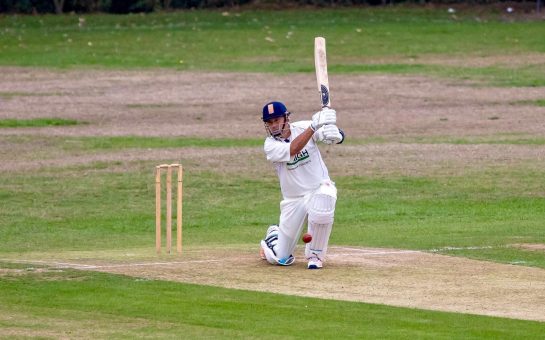Lancashire were crowned t20 Blast Champions for the first time in their long history last weekend, despite doubts over the side both before the season’s start, and before finals day itself.
There are many key themes to Lancashire’s success, despite the team struggling in areas usually viewed as vital to T20 success.
It was the bowling that really stood out for Lancashire throughout the competition, and particularly on finals day – a surprise given head coach Ashley Giles’ words before the Edgbaston finale about his seam-bowling attack.
“I particularly worried about our experience in the seam bowling department in t20 cricket and to a degree those worries have continued throughout the competition,” the Ashes winner admitted, whilst challenging his players to ‘step forward’ on the biggest stage the domestic game offers.
Two in particular answered his call, with 21-year-old Gavin Griffiths making his t20 debut in the semi-final against Hampshire, and securing victory in the final, with an ice-cool spell of death bowling, claiming the crucial wicket of Shahid ‘Boom Boom’ Afridi.
Fellow seamer George Edwards also excelled on his return from injury, with an outstanding performance in the semi-final, taking 2-16 including the key wicket of Michael Carberry.
In the tournament as a whole, James Faulkner and Steven Parry finished as the leading wicket takers, whilst George Edwards took his wickets at the 2nd best strike rate in the competition for players taking over 10 wickets.
Equally importantly in the shorter formats, both Faulkner and Alex Lilley featured in the top 5 economy rates during the tournament for players who bowled more than 20 overs.
In the final, Lancashire’s control of the run-rate rather than the wickets they took won them the game, with Northamptonshire losing only 6 wickets in their pursuit of Lancashire’s total, but still falling 13 runs short.
Despite Lancashire’s international experience, it was their batting that threatened to let the side down throughout the tournament.
Within the glitz and glamour of T20, there is often a huge emphasis placed on six hitting, but Lancashire’s success reflects that this can be over-exaggerated.
Lancashire had none of the top 14 most prolific six hitters in the competition and yet still managed to win the trophy, whilst England pyro Jos Buttler was the only Lancashire representative in the top 50 players in the competition by strike rate.
Furthermore, it was not reliance on individual batsmen that won Lancashire the T20 Blast with captain Steven Croft amassing 478 runs – someway short of James Vince’s 710 for Hampshire.
Instead, Lancashire’s achievements with the bat were built on the back of good partnerships – as evidenced by them having a 50 or more partnership in every game that they won, with the exception of the semi-final against Hampshire.
In that fixture, the brilliance of the bowlers meant that a 37 run opening stand between Alex Davies and Ashwell Prince was more than enough to set a base for victory.
This method of cricket suited the conditions perfectly at Edgbaston, with very few sixes hit throughout the day.
Whilst sixes were more prominent in the final, it was still Lancashire’s partnership building that secured them a defendable total, with the 77 run opening stand between Davies and Prince setting an imposing foundation.
Credit must also go to Lancashire’s fielding, which on the day far outshone that of their rivals; whilst there are no statistics possible to reflect how many runs they saved in the field, they certainly must have prevented more runs through good fielding than their opponents.
Image courtesy of Lancashire Cricket TV via YouTube, with thanks.



